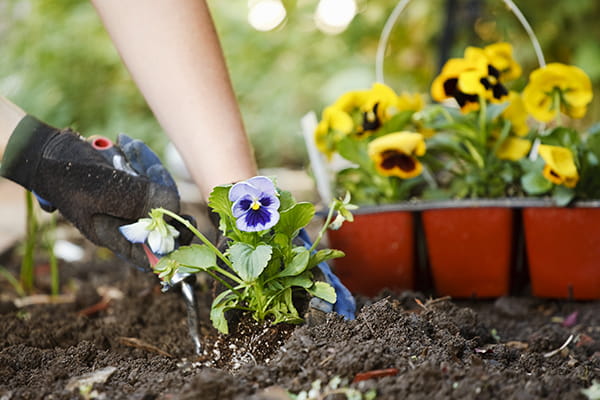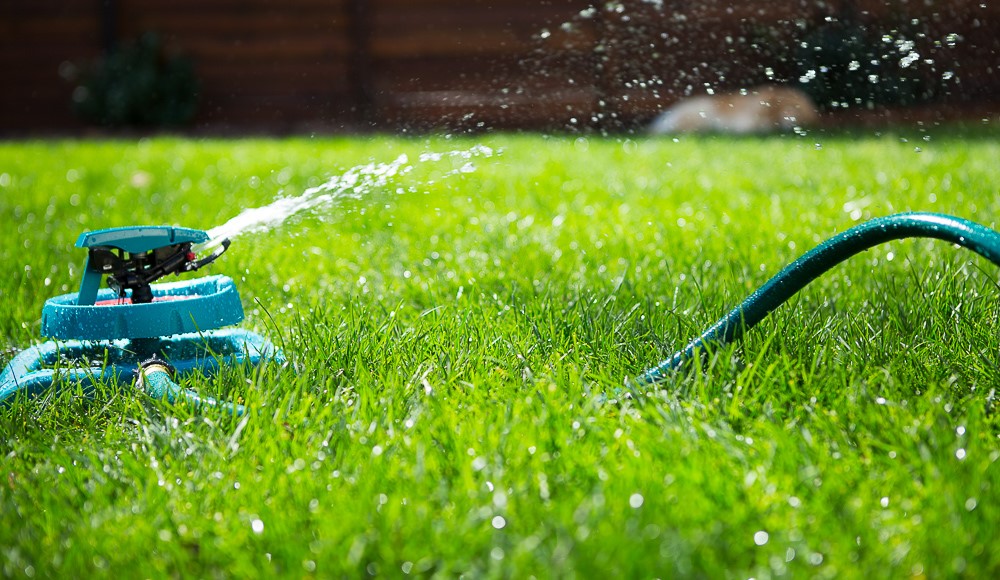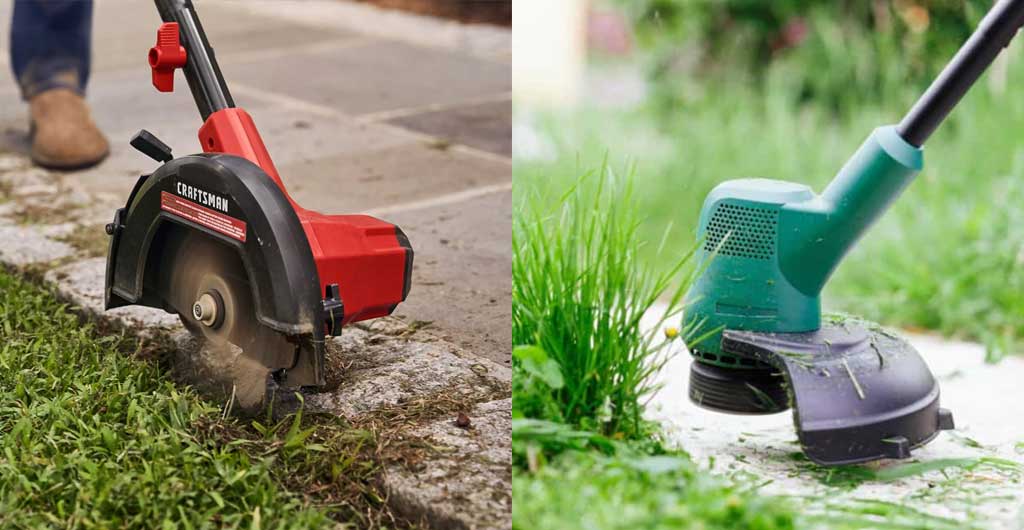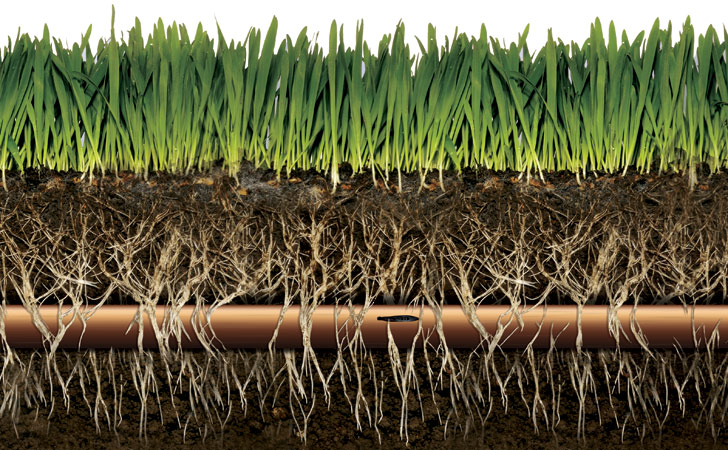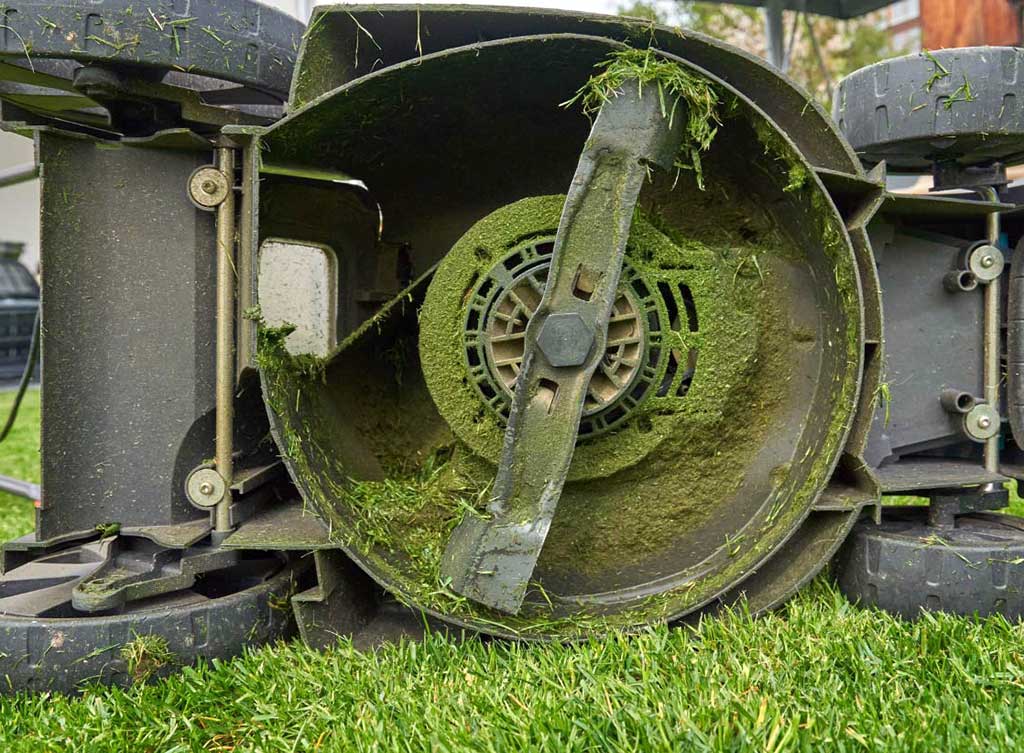Embracing Winter Blooms in Melbourne
As the chill sets in and the days grow shorter, Melbourne transforms into a winter wonderland. Contrary to popular belief, the colder months need not be dull and dreary. In fact, with a touch of greenery and a burst of color, your garden can become a vibrant tapestry of winter blooms. Let's explore the top 10 winter flowers to plant in Melbourne and turn your outdoor space into a haven of beauty.
Winter Jasmine (Jasminum nudiflorum)
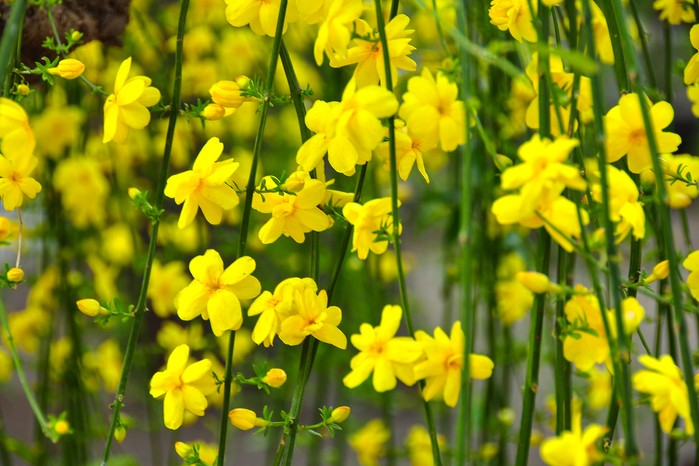
Our first contender is the Winter Jasmine, a resilient beauty that thrives in Melbourne's winter chill. Native to China, this resilient plant is renowned for its bright yellow flowers that bloom on bare stems from late winter to early spring. The tubular blossoms form in clusters, creating a stunning contrast against the leafless branches. Its arching, green stems provide an elegant backdrop even when not in bloom. Winter Jasmine is adaptable and thrives in various soil types, making it a favorite for gardeners seeking a low-maintenance yet vibrant addition to their gardens. Cold-tolerant and resilient, it can withstand winter chill and is often used for ground cover, borders, or cascading down slopes. This charming shrub not only defies the winter gloom but also attracts pollinators, making it a delightful choice for those seeking a touch of sunshine in the colder months.
Hellebore (Helleborus)

Known as the Winter Rose or Christmas Rose, Hellebores are a winter staple. Their elegant, cup-shaped blooms come in various shades, from deep purples to delicate pinks, adding a touch of sophistication to your garden. Hellebores are enchanting perennial plants celebrated for their elegant, nodding flowers that often bloom in late winter or early spring, defying the frost. With diverse species and hybrids, these hardy plants thrive in shade, contributing subtle beauty to woodland gardens. Their distinctive, saucer-shaped blooms come in an array of colors, including shades of white, pink, green, and purple, providing a welcome burst of color amid winter's muted landscape.
The evergreen foliage of Hellebores adds year-round interest, boasting deep green, leathery leaves. These low-maintenance plants are known for their resilience and ability to naturalize, forming attractive clumps over time. Despite their delicate appearance, Hellebores are deer-resistant and make a resilient addition to gardens, symbolizing endurance and the promise of renewal as they herald the arrival of spring.
Pansies (Viola tricolor var. hortensis)
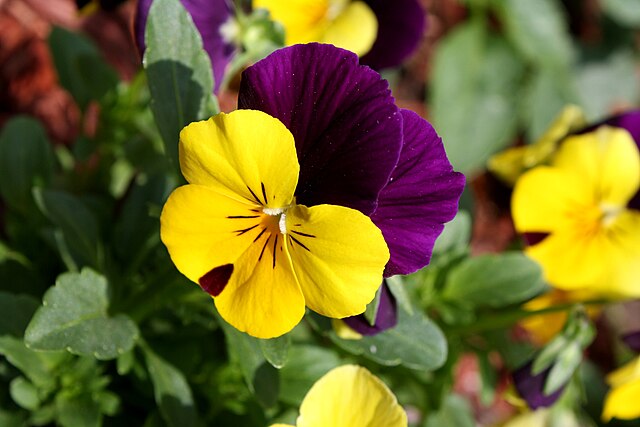
Pansies are the cheerful companions you need during Melbourne's winter. These vibrant flowers boast a variety of colors and patterns, creating a kaleidoscope that can withstand the cool temperatures. These delightful annuals are celebrated for their distinctive "faces," marked by a central dark blotch on velvety petals, resembling a thoughtful expression. With a diverse color palette ranging from purples, blues, yellows, and whites, pansies add a vibrant touch to gardens and containers.
Adaptable and cold-tolerant, they bloom in cool seasons, bringing color to gardens in spring and fall. Pansies prefer well-drained soil and thrive in partial to full sunlight. Their compact size makes them perfect for borders, edging, or even window boxes. Apart from their aesthetic appeal, pansies are edible, often used to garnish salads or desserts. Gardeners appreciate their easy cultivation and the joy they bring with their cheerful blooms, making them a popular choice for adding a touch of whimsy to any garden landscape.
Snowdrops (Galanthus)
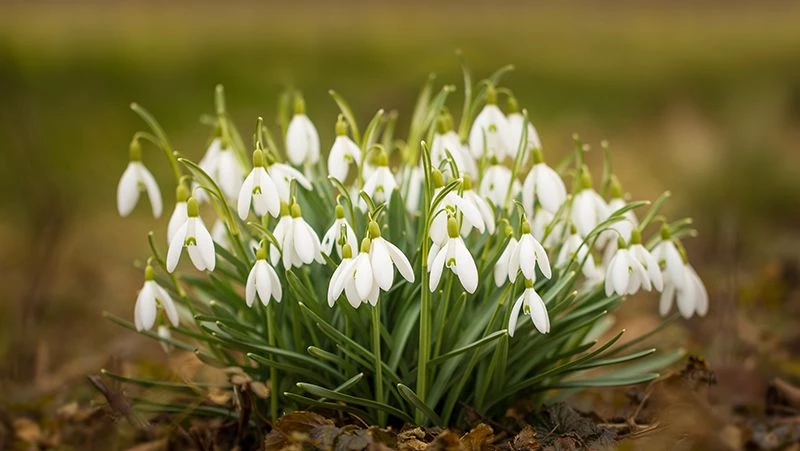
As the name suggests, Snowdrops are the first heralds of spring. These delicate, bell-shaped flowers peek through the snow, symbolizing hope and renewal. These perennial snowdrops emerge through the lingering winter snow, symbolizing hope and renewal. Plant them in Melbourne's winter, and you'll be greeted by their charm as the season transitions.
These resilient beauties thrive in moist, well-drained soil, often naturalizing in woodlands and meadows. Each slender stem bears a solitary drooping flower, creating a mesmerizing carpet when planted in clusters. Despite their fragile appearance, snowdrops are hardy and adaptable, spreading effortlessly in the cool, shaded corners of the garden. Galanthus enthusiasts appreciate the subtle variations among different cultivars, making snowdrops a beloved and cherished addition to the early spring landscape. Their fleeting bloom serves as a gentle reminder that life and beauty can emerge even in the coldest and darkest of seasons.
Daphne (Daphne odora)

For a fragrant addition to your winter garden, look no further than Daphne. With clusters of small, intensely scented flowers, Daphne adds a sensory experience to your outdoor space, making winter mornings a delight.
Daphne odora typically reaches a height of 3 to 4 feet, showcasing glossy, leathery leaves that emit a lustrous green hue. What truly sets it apart is its remarkable clusters of waxy, pink to reddish-purple flowers that blossom in late winter to early spring, filling the air with an enchanting fragrance. The sweet, citrus-like perfume emanating from its blooms makes it a popular choice for gardens and landscapes. Despite its beauty, it's essential to note that all parts of the plant are toxic if ingested, so admiration is best kept to visual and olfactory senses.
Camellias (Camellia japonica)

Camellias are the queens of winter blooms, showcasing large, waxy flowers in shades of red, pink, and white. These evergreen shrubs not only add visual appeal but also provide a reliable burst of color when other plants may be taking a winter nap.
Originating from East Asia, particularly Japan and China, these beauties showcase a diverse range of colors, including shades of red, pink, and white. The glossy, dark green foliage provides an elegant backdrop to the stunning blooms, creating a visually appealing contrast.
Camellias are renowned for their cultural significance, often symbolizing love, gratitude, and perfection. They thrive in well-drained, acidic soils and prefer partial shade, making them ideal for woodland gardens or as ornamental plants. The flowers, with their intricate layers of petals, evoke a sense of timeless beauty and have inspired art, literature, and even tea culture. As the official state flower of Alabama, camellias have not only botanical allure but also historical and symbolic importance.
Winter Iris (Iris unguicularis)
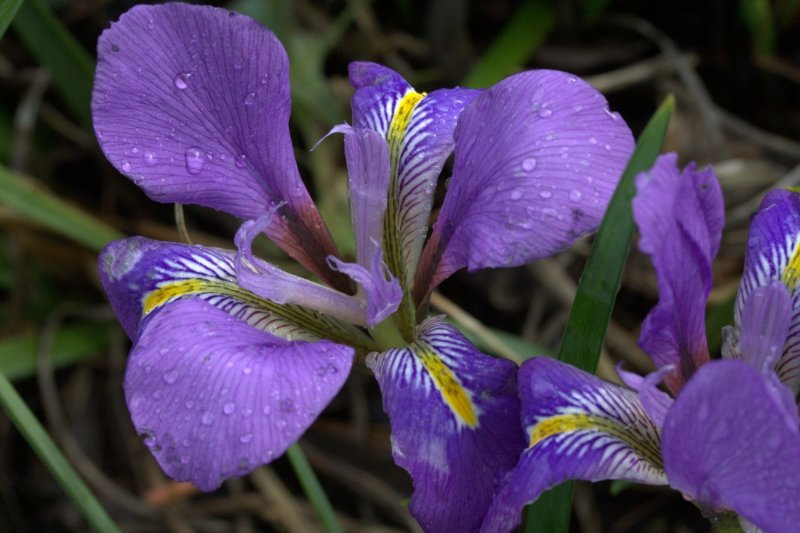
Winter Iris, also known as Iris unguicularis, is a captivating flower that defies the chill of winter with its delicate beauty. Native to the Mediterranean region, this perennial plant emerges from the cold soil with slender, sword-like leaves and produces exquisite blooms during the winter months. The flowers showcase a spectrum of colors, ranging from soft lavender and pale blue to deep violet, adding a touch of elegance to the winter landscape.
What makes Winter Iris truly remarkable is its resilience, as it thrives in the face of frost and snow, bringing a burst of color to gardens when other plants lie dormant. Its fragrance, reminiscent of violets, adds a sensory dimension to the winter garden experience. Winter Iris serves as a symbol of endurance and grace, reminding us that even in the harshest seasons, nature has the power to enchant and inspire.
Witch Hazel (Hamamelis)

Witch Hazel is a unique winter flower with spidery, fragrant blooms that appear when most other plants are dormant. Its quirky appearance and spicy fragrance make it a standout choice for the winter garden.
Commonly found in North America and Asia, these deciduous shrubs or small trees are distinguished by their spidery, fragrant flowers that bloom in late fall or winter, adding a burst of color to the landscape. What sets Witch Hazel apart is its medicinal value, with Native American and traditional herbal medicine harnessing its astringent qualities to treat skin irritations, inflammation, and minor wounds. The plant's bark and leaves contain tannins and antioxidants, contributing to its healing prowess. Witch Hazel extracts are widely used in skincare products like toners and ointments, celebrated for their ability to soothe and tighten the skin. This versatile botanical gem continues to be a staple in natural remedies and cosmetic formulations, embodying nature's healing touch.
Iceland Poppy (Papaver nudicaule)
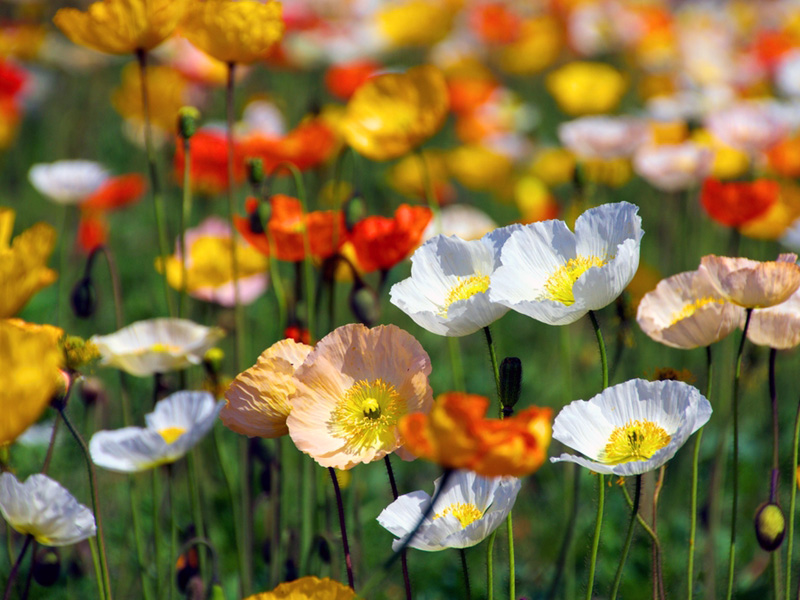
Bring a touch of the Arctic to Melbourne with the Iceland Poppy. These vibrant flowers come in various colors, creating a pop of brightness against the winter landscape. They're not just visually stunning but also incredibly resilient.
Native to the subpolar regions of Europe, Asia, and North America, these poppies are celebrated for their captivating, papery petals that come in an array of colors, including white, yellow, orange, and pink. Standing atop slender stems, the blossoms boast a bowl-like shape, creating a visual spectacle reminiscent of an artist's palette.
Known for its adaptability, the Iceland Poppy thrives in cool climates and well-drained soil, making it a favorite in gardens with diverse environmental conditions. The plant's ephemeral beauty is heightened by its tendency to bloom in late spring to early summer, adding a burst of color to landscapes. Gardeners cherish the Iceland Poppy for its resilience, versatility, and ability to transform any space into a vibrant haven of natural artistry.
Cyclamen (Cyclamen persicum)

Last but certainly not least, Cyclamen is a winter jewel. With uniquely shaped petals in shades of pink, red, and white, these flowers add an element of charm to any garden. Their heart-shaped leaves are an added bonus, making them a true winter delight.
Native to the Mediterranean region, it boasts distinctive heart-shaped leaves with silver marbling that arise from a central corm. The plant's unique flowers, appearing in shades of pink, white, or lavender, have upswept petals resembling butterfly wings, creating an enchanting display. Cyclamen typically blooms in late winter to early spring, brightening indoor spaces as a popular houseplant. With a preference for cool temperatures and well-drained soil, it adapts well to both indoor and outdoor environments. Cyclamen's low maintenance and captivating aesthetic make it a favorite among gardeners and plant enthusiasts, adding a touch of elegance to gardens, homes, and floral arrangements alike.
There you have it
Melbourne's winter need not be a time of hibernation for your garden. By embracing these 10 winter flowers, you can transform your outdoor space into a blooming paradise. From the elegant Camellia to the cheerful Winter Jasmine, each flower brings its unique charm, ensuring that your garden remains a source of joy and beauty even in the coldest months. So, grab your gardening gloves and get ready to witness the magic of winter blooms in Melbourne!
